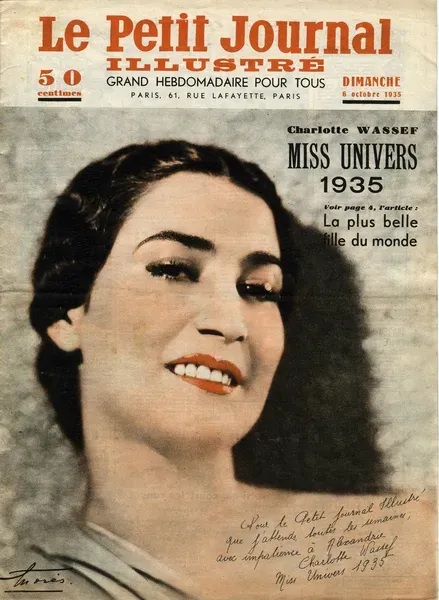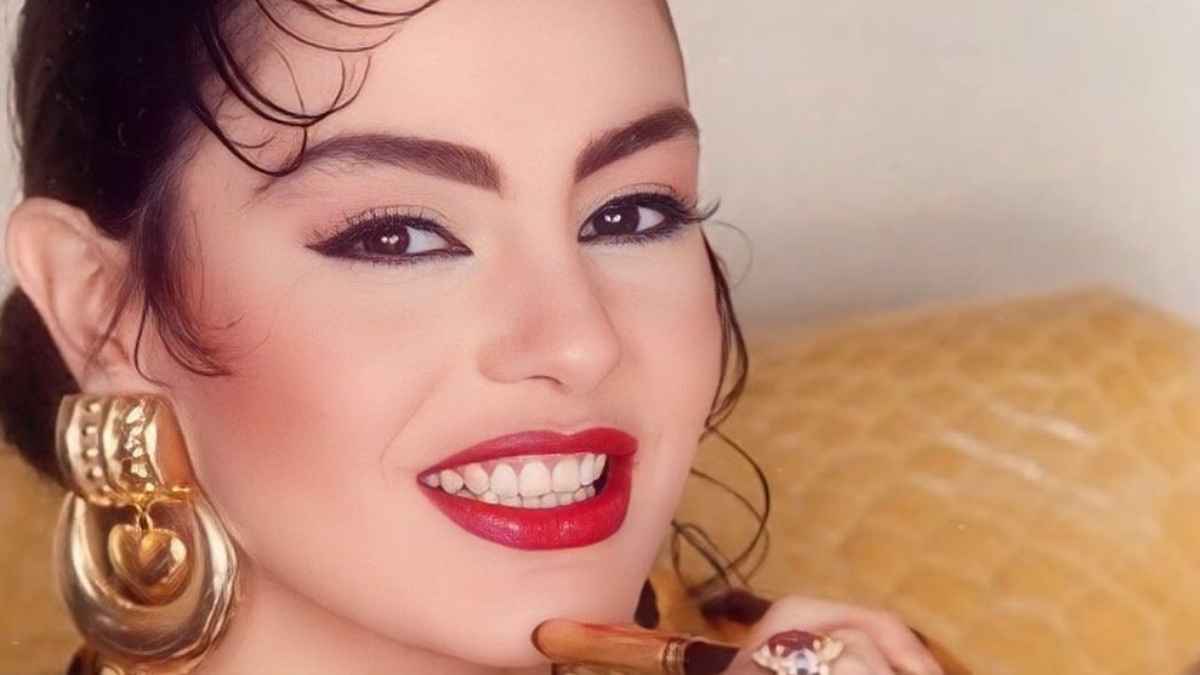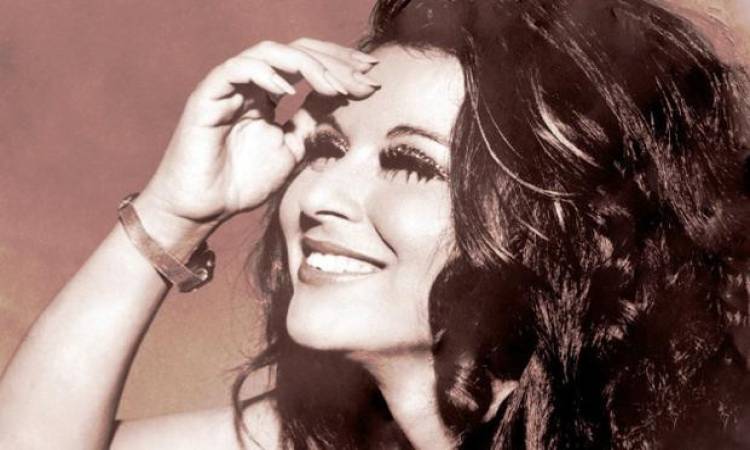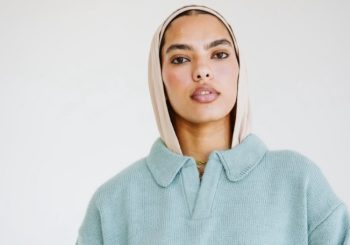The changing image of beauty in Egypt tells a story of evolving ideals. At times, beauty is characterized by soft curves, and at others, it is defined by slim waistlines and straight hair. Now, beauty means embracing natural curls and one’s true self.
In the golden era of Egyptian cinema, during the 1930s to the 1950s, Egyptian ideals of beauty celebrated curves and rounded full bodies as symbols of femininity and youth. Beauty was embodied in iconic actresses and belly dancers like Taheyya Kariokka, Samia Gamal, and Hind Rostom. During this era, embracing one’s natural figure, including belly pouches and softer curves, was a beauty and attractiveness standard.
Idolized facial features included sleek, symmetrical faces with refined contours, expressive eyes, a straight or slightly hooked nose, and full lips, much like Miss Egypt 1934 and Miss Universe 1935, Charlotte Wassef. The regal poise, elegance, and simplicity Wassef embodied were also part of Umm Kulthum’s appeal.

Beauty standards of the 1940s included a small nose, a long neck, full lips, full bodies, fashionable attire, and eloquence, exemplified by Princess Fawzia Fuad and Zeinab Abu Zeid, an elected Beauty Queen, and Asmaa Mohamed Mounir, dubbed the “Heir to the Beauty Throne” of beauty.
By the 1960s, beauty ideals in Egypt drew from Western standards. The era favored a balanced blend of Western-style simplicity and traditional elegance, with women embracing clear skin, natural makeup, and softly defined features; a look of subtle sophistication without extravagance. Embodied by the beloved screen icon Souad Hosni, charisma and playfulness, coupled with a voluptuous figure, became increasingly admired.
In the 1970s, wavy hair became a standard, bringing volume and a touch of drama. By the end of the decade, a resurgence of conservative style and the veil took place after gaining popularity for cultural and religious reasons.
The 1980s ushered in a bolder palette, including bright lipstick, pronounced blush, lush dark lashes, and sharply defined brows. In the 1990s, Sherihan brought a new aesthetic, blending retro charisma with extravagant showmanship. Beauty ideals embraced fuller, high cheekbones, a well-defined jawline, dramatic eye makeup, and elegantly arched brows, paired with theatrical fashion and expressive styling.

The 2000s embraced a “less-is-more” approach to beauty, favoring natural-looking skin, subtle foundation, and a soft, understated glow. Facial ideals leaned toward a distinctly Middle Eastern aesthetic, such as oval or round faces, elevated brows, large almond-shaped eyes, defined noses, and full lips.
Bold eye makeup grew in popularity, while sleek, straightened hair became the norm. A slim-to-average figure was widely idealized, reinforced by media and advertising fixated on weight loss and cosmetics, fitting Western beauty standards. This era’s icons included Mona Zaki, Yasmin Abdulaziz, Menna Shalaby, and Nelly Karim.
Since the early 2010s, a growing movement has embraced natural skin tones, authentic textures, and the once-dismissed beauty of curly hair. Beauty ideals continued to favor symmetry, clear skin, and balanced facial proportions, including contoured faces, lifted brows, wide-set or elongated eyes, refined noses, plush lips, and sculpted cheekbones and jawlines.
Western pop culture and celebrity influence, highlighted by enhancing body proportions, have reshaped beauty ideals in Egypt and beyond. The optimal look included slim arms and a flat stomach, a pronounced waist-to-hip ratio, and sharply defined facial features, exemplified by the Kardashians.

This aesthetic fueled a surge in cosmetic procedures, including rhinoplasty, facelifts, brow lifts, fillers, Botox, body sculpting, Brazilian butt lifts, and breast augmentation, often driven by the relentless pressures of social media beauty culture.
A 2023 survey by Zagazig University interviewing 384 Egyptian women found that more than 80 percent use cosmetics, while over a third had already undergone cosmetic procedures. Nearly 43 percent said they were considering treatments in the future, with social media advertising shaping the choices of 63.5 percent of participants.
Nowadays, natural curls, once discouraged, are flourishing across social media with influencers giving curly hair tips such as Curly Talks, and curly hair salons such as Curled by M, Curld by Sabrina, and the Curly Studio. Beauty ideals are embracing a diverse range of body types, as well as authentic features such as those of Amina Khalil.
Beauty in Egypt continues to move in many directions at once, with a growing appreciation for individuality. The conversation around beauty is no longer about appearance alone, but also about self-expression and the freedom to embrace diversity in all its forms.







Comments (0)